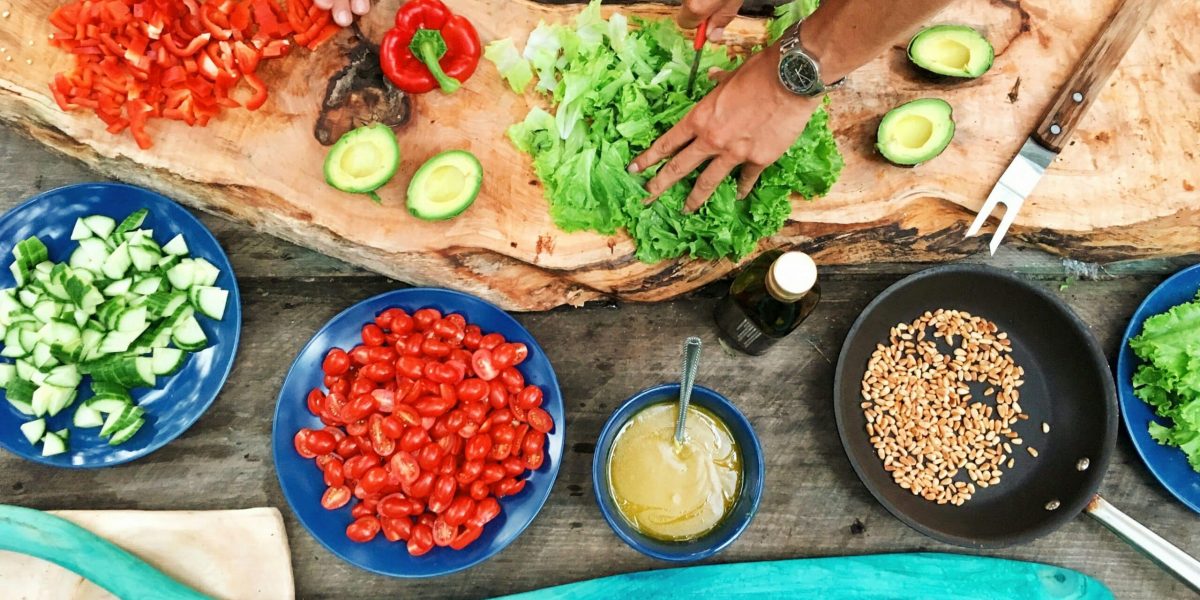How Cooking Shows Introduce Global Cuisine
Cooking shows offer a practical way to explore food traditions from different regions. They combine visual storytelling with step-by-step instruction, making unfamiliar dishes more approachable. Viewers learn not only how to prepare meals but also how ingredients, techniques, and customs reflect local culture.
Programs focused on global cuisine often feature chefs preparing dishes in their home countries or in kitchens inspired by those traditions. These shows highlight regional staples, such as rice-based meals in Southeast Asia, spice blends in North Africa, or fermentation techniques in Eastern Europe.
Language and setting help build context. A chef may explain the meaning behind a dish, its role in family gatherings, or how it’s adapted across generations. These details support understanding and reduce hesitation around unfamiliar ingredients or methods.
Cooking shows also help normalize variation. Viewers see how recipes shift based on availability, preference, or season. This flexibility supports experimentation and helps people adapt global dishes to local kitchens.
What Viewers Learn About Ingredients and Technique
Global cooking shows often introduce ingredients that may be unfamiliar to some audiences. These include spices, grains, vegetables, and condiments used in specific regions. Understanding how these ingredients function helps viewers make informed substitutions or seek them out with confidence.
For example, shows featuring Indian cuisine may explain the role of turmeric, cumin, and mustard seeds in building flavor. Programs focused on Korean cooking may highlight gochujang, a fermented chili paste used in stews and marinades. Mexican cooking shows often demonstrate how masa harina forms the base of tortillas and tamales.
Technique is also emphasized. Viewers learn how to balance heat, control moisture, and layer flavor. These skills apply across cuisines and help build confidence in the kitchen. Stir-frying, braising, steaming, and grilling are shown in context, making them easier to replicate.
Some shows focus on street food or home cooking, offering insight into everyday meals. These episodes often feature simple tools and accessible ingredients, helping viewers connect with traditions without needing specialized equipment.
Visual cues support learning. Seeing how dough should look, how sauces change texture, or how meat is seared helps clarify instructions. This reduces guesswork and supports better outcomes.
How Cooking Shows Support Cultural Understanding
Food reflects history, geography, and social structure. Cooking shows help viewers understand these connections by showing how dishes relate to migration, trade, or celebration. This supports cultural awareness and encourages respectful curiosity.
Programs often include interviews or commentary from locals. These voices explain how recipes have changed over time or how they’re used in daily life. This context helps viewers see food as part of a broader experience, not just a recipe.
Cooking shows also highlight regional diversity. A country may have multiple cuisines depending on climate, religion, or tradition. For example, Italian cooking varies widely between coastal and inland regions. Chinese cuisine includes Cantonese, Sichuan, and Northern styles, each with distinct ingredients and methods.
Understanding these differences helps reduce generalization and supports appreciation for nuance. It also encourages viewers to explore beyond familiar dishes and try new combinations.
Cultural understanding through food doesn’t require travel. Cooking shows bring these experiences into homes, offering a way to learn through observation and practice. They support connection and curiosity without pressure or performance.
Building Confidence to Try Global Recipes
Watching cooking shows helps viewers build confidence to try new recipes. Seeing others prepare dishes step-by-step reduces uncertainty and supports gradual learning. Viewers can start with simple meals and expand as comfort grows.
Trying one dish at a time helps. A viewer may begin with a Japanese miso soup, then try a Thai curry or a Moroccan tagine. Each experience builds familiarity with ingredients, timing, and flavor balance.
Cooking shows often include tips for substitution. If a specific spice or vegetable isn’t available, hosts may suggest alternatives. This flexibility helps viewers adapt recipes to their own kitchens without losing the essence of the dish.
Repetition supports learning. Watching the same technique across different episodes helps reinforce understanding. Over time, viewers may recognize patterns and apply them to new recipes.
Cooking shows also support shared experience. Families or friends may watch together, discuss ingredients, or cook as a group. This builds connection and makes the process more enjoyable.
Exploring global cuisine through cooking shows offers a gentle way to learn about food, culture, and technique. It supports curiosity, builds skill, and helps viewers connect with traditions beyond their own.








